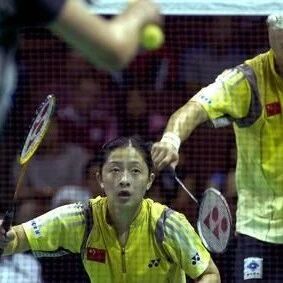The backcourt high clears never land properly—better check if your side step is off.
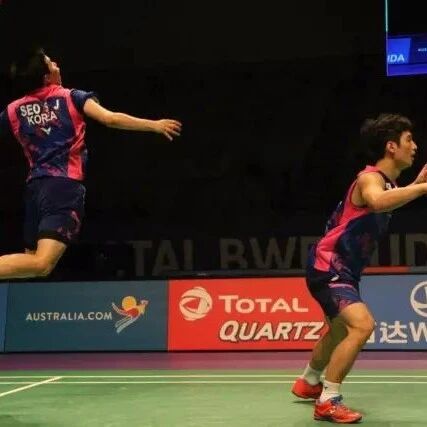

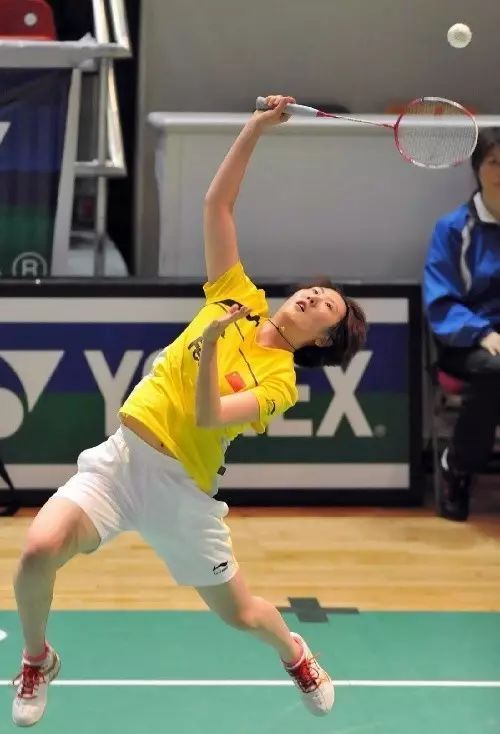
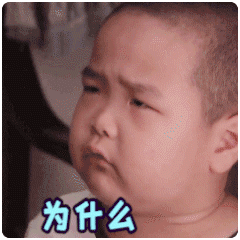
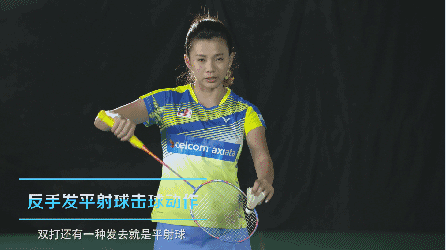
Many people rely solely on their upper body when hitting shots from the backcourt, which certainly reduces the threat of their shots significantly.
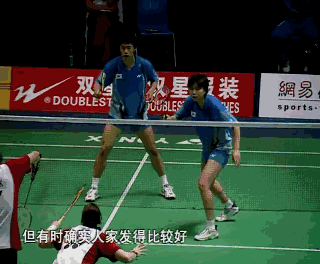
③ Sidestepping backward leaves the steps too messy.
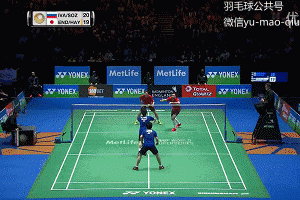
This often results in weak smashes, inaccurate high clears, and a lack of subtlety in drop shots, giving defenders plenty of time to prepare.

(2) By hitting the ball with a sideways motion, you can execute a fuller swing and unleash the "primordial power" stored within your body.

(3) If you twist your upper body sideways while keeping your feet parallel, this "twisting like a pretzel" motion when hitting the ball can easily lead to a waist injury.
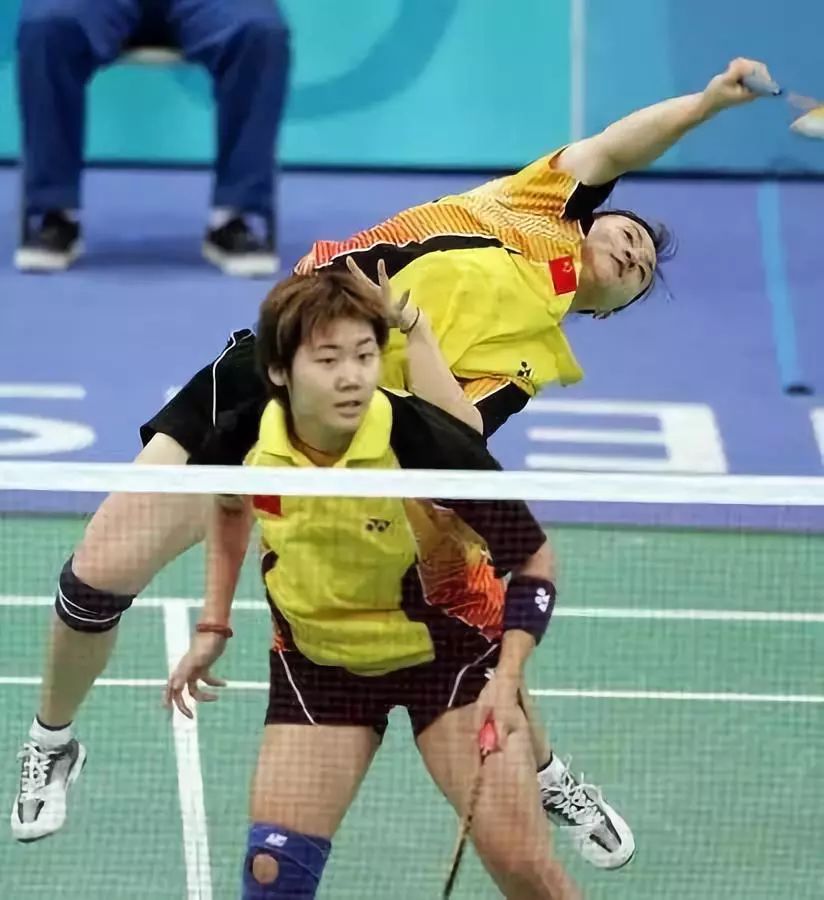
(5) Moving backward while turning sideways is faster than moving without turning.

(7) Think about how you miss the shot and get easily countered by your opponent; or how a backswing without turning your body leads to a painful waist injury; or even how failing to turn your body while swinging causes you to trip, stumble, and fall right on the court—then you’ll truly understand the importance of side-body positioning during your swing.
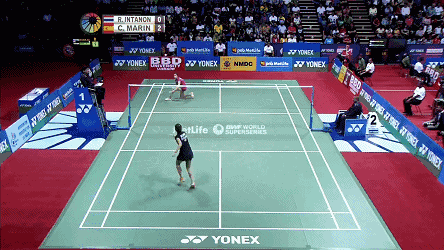
So, make it a habit to turn your body sideways—recognize the importance of this movement, and don’t think of it as an unnecessary gesture.
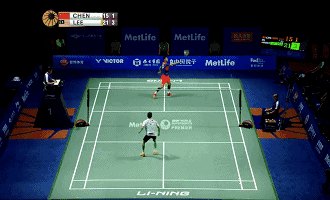
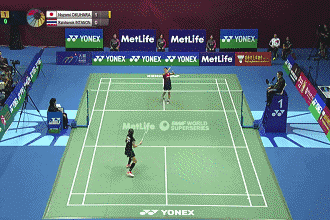
(1) When preparing for a backcourt shot, shift from a parallel stance with both feet ready to hit the ball to positioning your right foot behind your left foot, transferring your weight onto your right foot. Then, rotate your torso smoothly to align your body vertically toward the net.
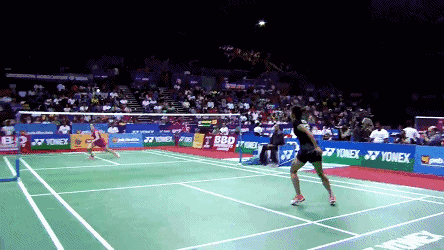
(2) When preparing to hit the ball, push off the ground with your right foot (or slightly jump off the ground to generate greater hitting power), transferring force sequentially through your feet → thighs → core → shoulders → arms → wrists → hands as you strike the ball. As you make contact, rotate your body squarely toward the net; after hitting the ball, use the momentum to return to your starting position.
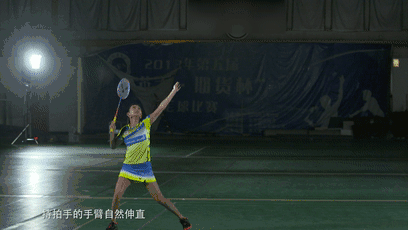
Side-on hitting in
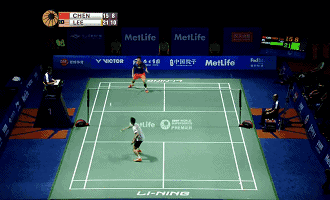
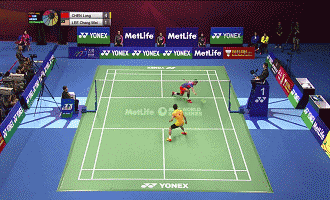

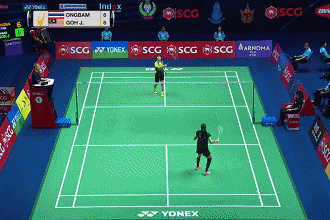
More article recommendations:
Practice the few fixed shuttlecock trajectories frequently, and your skills will surely improve.
Expert tips revealed: These badminton doubles techniques are truly practical to play!
Zhao Jianhua, Yang Yang, and Li Mao have prepared over 100 lessons for everyone, covering techniques like badminton net shots, backhand cross-court hooks, and smashes. Click "Read More in the Bottom Left Corner" to check them out! If you're looking to improve your badminton skills, don't miss this—your chance is right here!

Related Articles
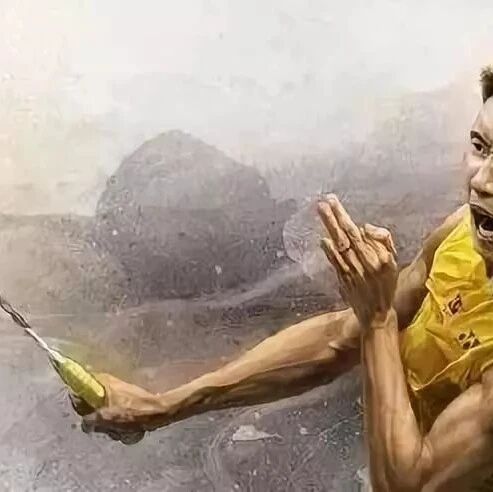
Badminton racket-swing training—make it fast, faster, and even faster!!!

Killing feels so satisfying yet doesn’t drain much energy—hitting the ball is just that easy.
